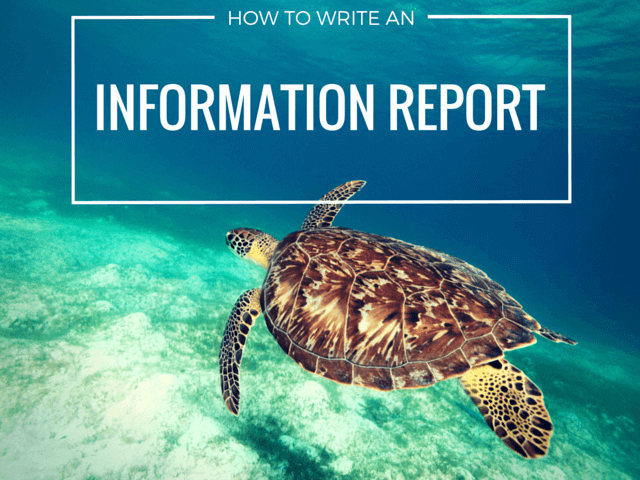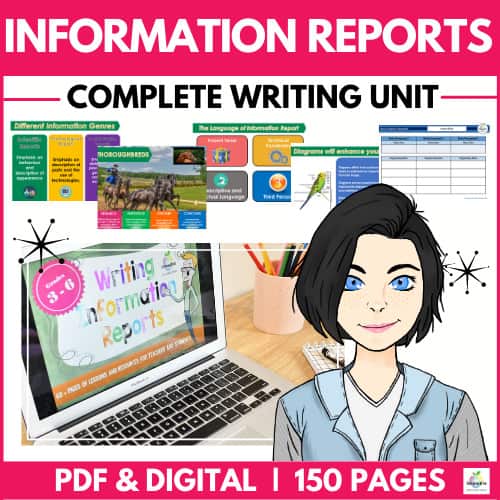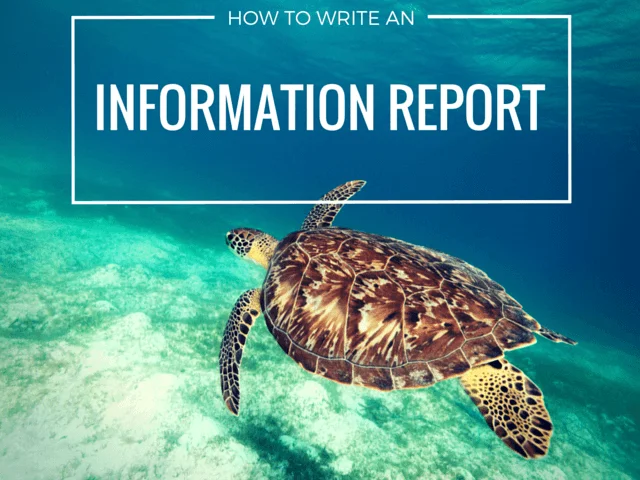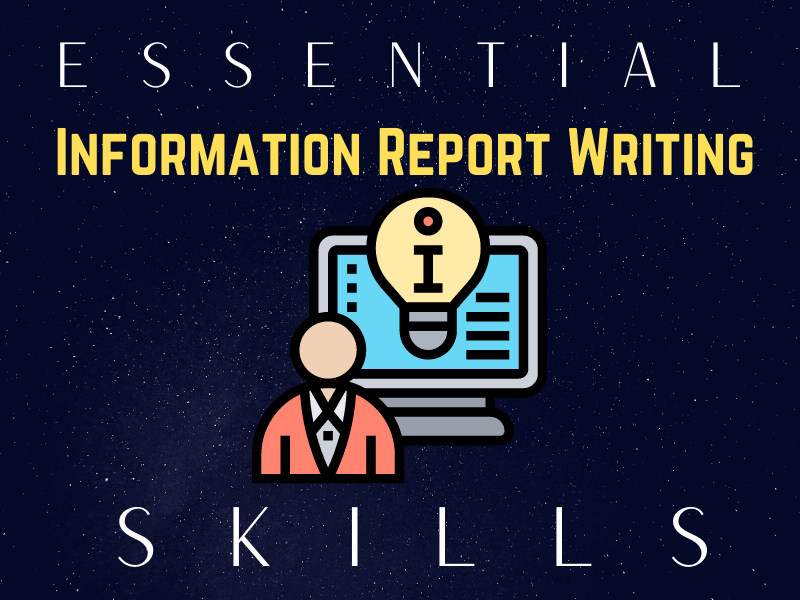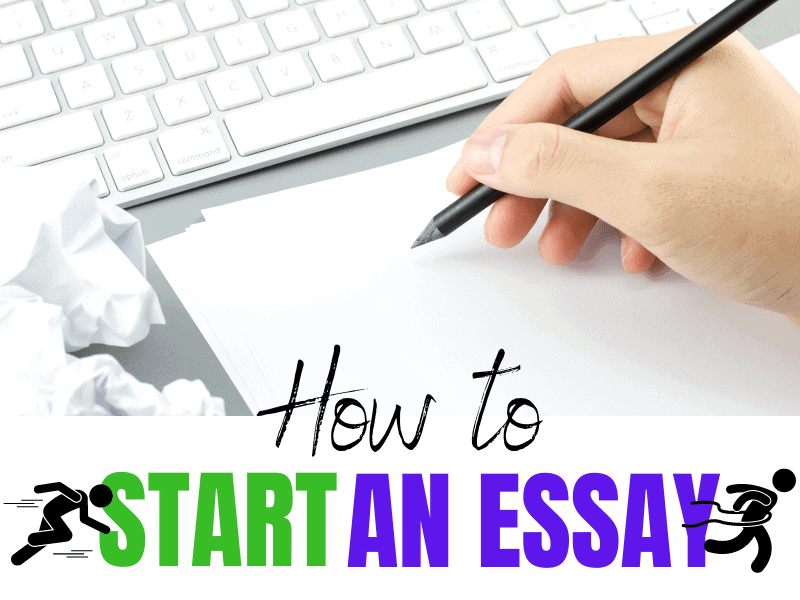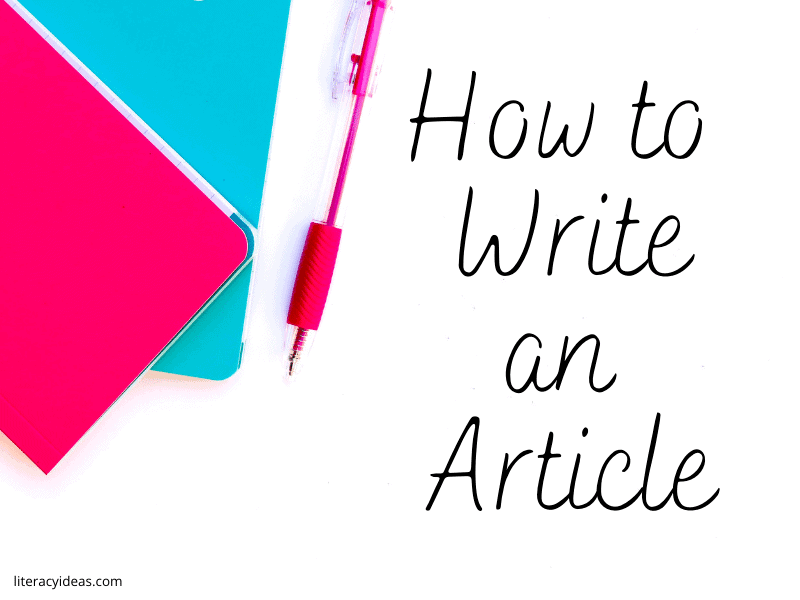
Teach Informational Text Writing like a boss in Just One Week
Bringing your student from zero to hero in a single week is a BIG ask! Especially when we consider the school week only has five days instead of the seven allotted to a calendar week.
In this article, we’ll explore how you can introduce your students to informational texts before guiding them through a series of steps and lesson plans to see them produce their reports by the end of the school week.
BE SURE TO READ OUR COMPLETE GUIDE TO WRITING AN INFORMATION REPORT WRITING HERE FIRST
What Is an Informational Text?
Before we can do that, we need to precisely understand what an information report is.
Informational Texts, also known as Information reports and Informative Writing, are nonfiction texts written to inform the reader about a specific theme or topic. They provide the reader with factual details and descriptions but avoid expressing the writer’s personal opinion on the subject.
We can find informational texts in many places, including encyclopedias, research reports, books on animals, and in history, geography, and science textbooks.
You will frequently encounter them in social studies and nonfiction subject areas in the classroom.
How to Master Informational Text Writing in a Single Week
The best way to master anything is to do it. Students should be encouraged to see mistakes as opportunities for learning rather than failures.
This article will outline a path from introducing this fun text type on a Monday to the students producing their information report by Friday. Getting stuck in and having a go is the key to students gaining their black belts in information report writing.
Let’s get started!
Lesson Plan 1: Introduce the Text Structure
First, you’ll need to be sure your students gain a firm grasp of the genre’s defining features. Luckily, informational texts possess a text structure commonly found in most reading schemes.
For your opening activity, gather up a collection of information reports on any theme or topic. Animals, history, people, sport, cities – it’s not essential what the subjects of these books are, as long as they are information reports.
Now, organize your students into smaller working groups of around 4 to 5 students and give them a selection of books written in the information report style.
Give the students about 10 minutes to review the books and compile a list of their similarities and differences.
When they’ve finished, ask them to share some of their answers with the whole class. You can help draw out the students’ observations by asking open-ended questions.
Explain to the students that the books they have been exploring are information reports, and they’re designed to inform the reader about specific topics in a factual way.
Inform the students that they will learn about how information texts work before producing one of their own by the end of the week. To do this, they’ll first have to precisely identify the structure and features of an information report.
Instruct students to work together to reverse engineer a list of criteria for information reports divided under the two headings Structure and Features.
When students have finished, have them share their ideas as a whole class.
As a shared writing activity, complete a master Information Reports Checklist detailing the essential criteria of information reports. It should look something like this:
Informational Text Checklist
Structure
- Introduction: defines the topic
- Subheadings: gives a logical order to the information
- Body Paragraphs: provides detail on the subject and further organize information.
- Images support the text through labelled diagrams, illustrations, etc.
Features
- Tense: uses timeless present tense
- Perspective: uses 3rd person perspective
- Definition: provides definitions of uncommon language
- Language: speaks in generalizations
- Language: uses technical, subject-specific terms and vocabulary
- Language: describes using adjectives and lots of detail
- Language: compares and contrasts to give context to the subject
Once you’ve completed the master checklist on the whiteboard, give the students some time to use it against the information report texts they’ve been provided with.
Can they select one as their best example of an information report?
Students can then briefly present their choice explaining how it fulfills the criteria for information texts.
At the end of this session, have your students copy down the checklist into their books or, better still, type up and print off a copy. This checklist will prove helpful later on in the week.
Lesson Plan 2: Research
In the second session, it’s time for your students to gather the necessary information to produce a well-written report.
First, students will need to choose a topic to write about. You can assign a subject for the class or individual students or allow students to choose their topics.
The advantage of assigning a single topic (or offering a limited choice) to the class is that it will be much easier to assess the completed work.
However, allowing students to choose their topic can help ensure they are more engaged in the writing process. What you decide about topic selection will depend on several factors, including age, ability, and number of students.
Once suitable topics have been selected, it’s time for your students to begin the research process.
The aim here is to gather enough
relevant information, facts, and data to fuel the writing process to completion.
While the school or class library will be a useful resource, the Internet will most likely be the primary resource tool your students will use.
While the Internet is undoubtedly a fantastic tool for research, students are often unskilled at searching and sorting the most relevant material to help them write.
To ensure they make the most of their research time, ensure your students know how to perform targeted keyword searches. One effective way to do this is by making use of Boolean operators.
Boolean operators are commands that help students combine words and phrases that narrow the results returned when they use the search function.
Not all Boolean operators work on every search engine. In the table below, you’ll find some of the most common operators that work with Google Search.
Standard Boolean Operators for Search Engines
AND
(Limits Results)
Students should use “AND” to combine terms and return only information where both terms occur.
For example, “mouse AND rat” will find only results where both keywords occur.
OR
(One term or another)
The “OR” operator allows students to search for one term or another.
For example, searching for “mouse OR rat” will return results that contain either of these terms.
–
(Exclude a term from the search)
The “-” operator excludes a term from the results.
For example, “mouse -computer” will return only results in which “mouse” appears, and “computer” does not.
“ ”
(Search for exact phrase)
Quotation marks allow the student to search for words or phrases exactly as typed.
For example, placing quotation marks around the words “mouse’s diet” will only return results containing those two words in that exact order.
Once students have gathered enough information to complete their reports, it’s time to whip it into a usable shape. And that’s precisely what Day 3 is all about…
Lesson Plan 3: Plan & Organize
Taking the time to organize the information they have gathered and adequately plan their writing ahead of time goes a long way to ensuring students make the most of their writing time.
There is no equivalent of a lucky punch in writing. A well-structured text is the result of good planning and organization.
Make sure your students have a strong understanding of the underlying structure of a well-written information report. Some key elements to reinforce include:
A Table of Contents
While a table of contents might only be required for longer texts, it’s useful for your students to understand how they work. As longer texts will be broken down into distinct sections, these can be listed with their corresponding page numbers to help readers to find specific information.
Though the Table of Contents comes at the front of the text, they are usually compiled at the end when it’s easiest to see where each section falls.
Introduction
The purpose of the introduction to an information report is similar to its role in other nonfiction texts. That is, it orients the reader to the subject of the text.
Students will want their information report to be engaging and to seize the readers’ attention from the outset. One way to achieve this is by opening the text with a fascinating fact about the topic.
Body Paragraphs
A comprehensive information report’s body or ‘meat’ will require subheadings to help students organize their texts.
Often, each paragraph or small group of paragraphs will have its subheading, and these subheadings will provide the entries for the table of contents.
Each paragraph (or collection of paragraphs under a single subheading) will focus on a specific aspect of the text’s subject.
For example, suppose the text is about robins, the red-breasted garden bird. In this case, the paragraphs might be grouped under subheadings such as Key Information, What They Eat, Measurements, and Identifying Features.
Conclusion:
The conclusion is often used in an information report to summarize the topic. It can also point the reader toward further resources where they can learn more about the subject.
For online information texts, this may include supplementary hyperlinks to other pages on the website or outbound links to other websites. For printed texts, the conclusion may suggest further options for the reader.
At the end of some information reports, sometimes a glossary will help readers understand any technical vocabulary used in the text.
These are the main sections the students will need to plan for. Graphic organizers containing these or similar elements are an excellent way to help students organize their ideas and information before the writing in earnest begins.
Lesson Plan 4: Write
With a clear understanding of the genre’s structure and features, the topic chosen, and the research gathered and organized into a plan, it’s finally time for the students to begin writing their information report.
‘Write’ is a verb, an action. Students must understand the importance of forward momentum here.
Sometimes the fear of making mistakes can cause a kind of ‘analysis paralysis’ in our students. It’s critical at this point to help them to understand that writing is a many-stage process.
The important thing now is for the student to write their ideas down on paper. Allotting the students a specific amount of time to complete their writing can effectively focus their minds on the task. Be sure to allocate time suited to the student’s age and general ability.
By this stage, students will have completed adequate planning and preparation to fuel a complete draft of their information report by the end of the session.
Of course, some further tweaking will still be required to get that draft up to scratch – and that’s what the final session is all about.
Lesson Plan 5: Edit and Proofread
It’s time to take the rough and ready draft to polished perfection in the week’s final session. This is where the checklists produced in the first session come into play.
Sometimes students find it difficult to identify errors in their work, even with a checklist to work from. Due to this, peer assessment is a good starting point for the editing process.
To do this, organize the students into pairs to assess each other’s work against the checklist. Students can give feedback to each other before they move on to the next stage of the editing process.
Students themselves then decide on the final changes to make to their draft based on their partner’s feedback and their reading of the text.
When they’ve satisfactorily edited their text for structure and features, they’ll need to perform a final close reading for spelling and punctuation.
Report Back Monday Morning!
You’ll now have a nice fresh pile of papers to take home just in time for the weekend! But don’t worry, you won’t be the only one swamped with information reports on a Sunday afternoon.
To get to grips with this text type within a week will require students to make the most of the weekend to consolidate their understanding of the genre.
An easy and effective way to do this is to assign your students some reading for homework. Let them take home an informational text or two to read and, if you’re so minded, you might even ask them to write an information report on it!


